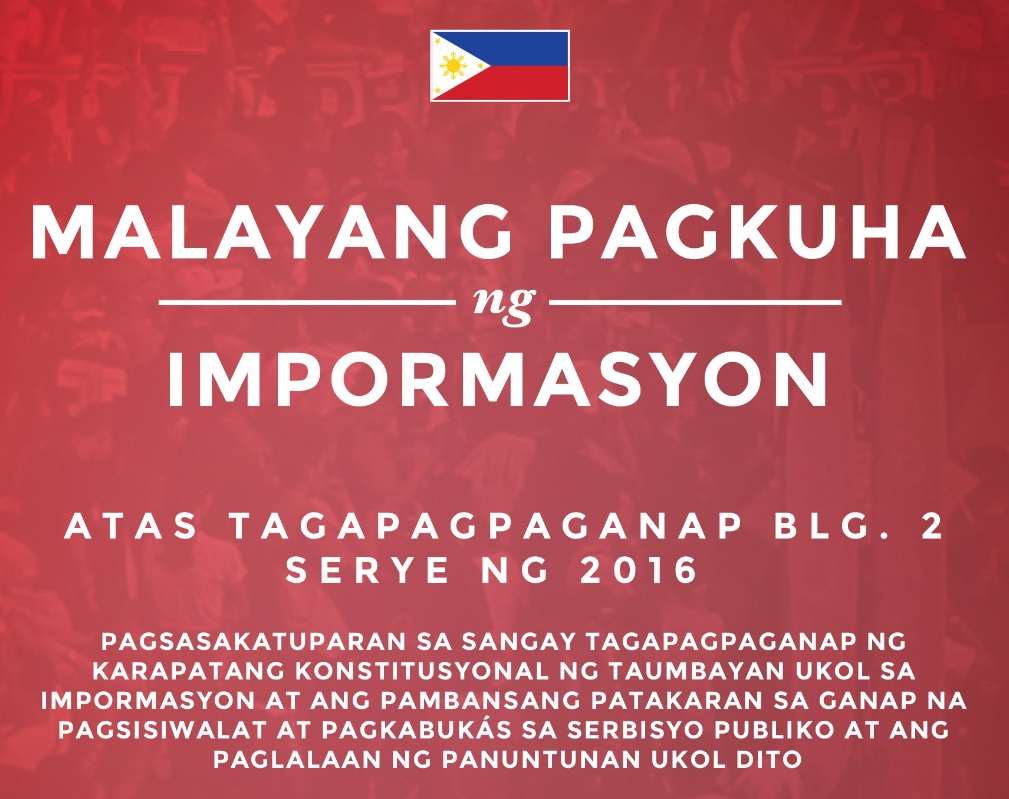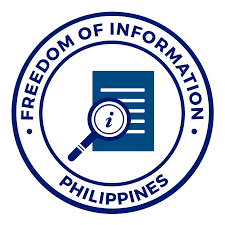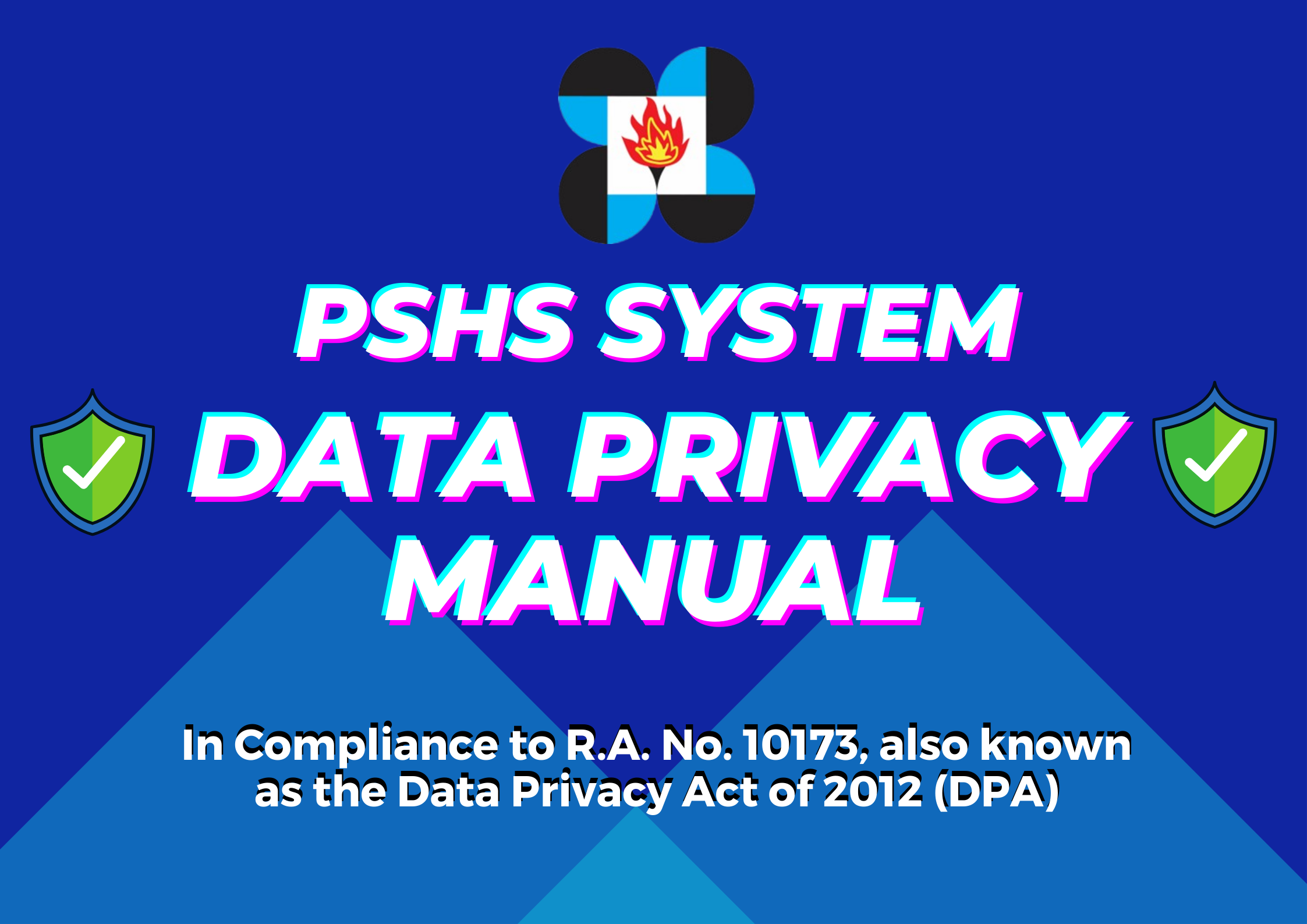Protecting the ‘Amazon of the sea’ with new video technology
The Philippines sits at the tip of the Coral Triangle – an ocean region at the global centre of marine biodiversity. The country’s coral reefs have been dubbed the Amazon of the sea.
This abundance of marine life provides archipelagic communities with vital resources and services, including food, medicines, economic security, and protection from extreme weather. However, these precious ecosystems are under threat from both overexploitation and climate change.
Establishing marine protected areas (MPAs) is one solution to these problems. Successful marine management initiatives need to be carefully implemented and monitored. A new technology is helping to track fish populations in the Philippines so that protected areas can be appropriately managed.
A traditional way to assess and monitor fish populations in MPAs is for divers to conduct an underwater visual census. This can tell us which species are present and in what density. Decision makers can use this knowledge to understand and protect biodiverse marine areas. For example, some juvenile fish species are of special interest because they are important for livelihoods, or as food for nearby communities. Certain species are vital for ecotourism.
Researchers can observe trends in the data, highlight threats to the MPA, and make judgements about the effectiveness of current protection measures. For example, declining fish populations in a prohibited fishing area may indicate that regulations are not working or need to be reassessed.
Philippines colourful fish
It is time consuming to do an underwater fish visual census. And prone to observer bias and inaccuracies. Fish may hide from divers conducting the survey. It also needs divers with specialist knowledge and training. This means a fish census might not take place often enough. The Philippines doesn't have enough specialist divers.
Fish-I co inventor and PH LIF3 alumnus Professor Prospero Naval Jr
Innovators in the Philippines have developed a new technology to overcome these challenges. Fish-i is a semi-automated dual-camera system that records quality underwater videos. It gathers accurate data on the distribution, biomass estimate, and population density of fish species, and provides a visual record for site monitoring and assessment. This can reduce inconsistencies brought about by observer bias. The system software enables divers with minimal knowledge of fish to obtain high quality data, therefore avoiding the data collection bottleneck caused by needing specialist divers.
v2 Screenshot of Fish-i software gathering fish data from recorded underwater video
Divers set up Fish-i in a strategic position within the area of study, and then vacate the area to let the device do its work. Collecting data using Fish-i therefore reduces the effect of fish behavioural responses. Without the presence of divers, the marine environment can remain in its normal state. Professor Naval and his team want to deploy Fish-i extensively in coastal areas of the Philippines. This will generate much needed accurate data for evidence-based policy making for marine resources management.
The Newton Agham Fund Leaders in Innovation Fellowship (LIF) programme is providing Professor Naval with new skills in technology commercialisation. This will help the team to expand and commercialise the Fish-i technology.
The Newton Agham LIF Programme has helped me transform my perspective from that of a researcher to a technology innovator. This change puts me in a better position to push forward our Fish-i technology which is meant to assist decision makers with their marine biodiversity protection initiatives. – Professor Naval
Since completing the programme in 2018, Professor Naval led his team to establish a registered company, Fish-I, Inc., with support from the Department of Science and Technology-Philippine Council for Industry, Energy, and Emerging Technology Research and Development. He has pitched to numerous stakeholders and patented the technology in the Philippines, USA, Brazil, Indonesia, and Mexico. The team have tested Fish-i in more than 50 sites in the Philippines and have received enquiries about the technology from the United States, New Zealand, Singapore and Middle East.
- Details
- Hits: 963
















